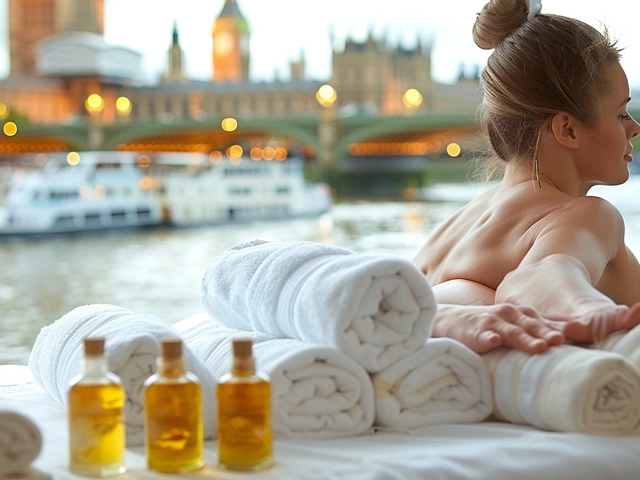Traditional Bathing for Dogs: Simple, Safe, and Effective
Did you know too-frequent baths can dry your dog’s skin and cause itchiness? Traditional bathing still works great when done right. This page gives clear, no-nonsense steps and tips so your dog stays clean without harming their skin or coat.
When and how often to bathe
Frequency depends on coat type and lifestyle. Short-haired indoor dogs often need a bath every 6–12 weeks. Long-haired or active dogs that roll in dirt may need one every 4–6 weeks. If your dog has a skin condition or is on medicated shampoo, follow your vet’s schedule. Use scent and oil as guides—if your dog smells bad or has greasy fur, it’s time.
Step-by-step traditional bathing routine
Start by brushing. A good brush removes loose hair and tangles so the water and shampoo reach the skin. Use lukewarm water—too hot or too cold makes dogs uncomfortable. Wet the coat thoroughly, keeping water away from the eyes and inside the ears.
Pick the right shampoo. For healthy dogs, use a gentle, pH-balanced dog shampoo. Human shampoos are too harsh. For dry skin, look for mild, moisturizing formulas with oatmeal or aloe. For allergies or infections, use medicated shampoos only on a vet’s advice.
Apply shampoo evenly, massaging from neck to tail. Focus on the undercoat and areas that get dirty. Don’t forget the paws, belly, and under the tail. Let the shampoo sit a minute for cleaning power, then rinse thoroughly until the water runs clear. Leftover shampoo irritates skin.
Drying matters. Towel-dry first to remove most water. For thick coats, use multiple towels and squeeze excess water out—never rub aggressively. If you use a blow dryer, set it on low and keep it moving to avoid hot spots. Some dogs tolerate a dryer poorly; if yours hates it, air drying in a warm room works fine.
Protect sensitive spots. Use cotton balls in the ears (don’t push deep) and a damp cloth over the face instead of pouring water. Trim long hair around paw pads and sanitary areas to reduce matting and dirt build-up between baths.
Aftercare and tips. Brush when the coat is dry to prevent matting. Apply a leave-in conditioner or brush-through detangler for long coats. Keep nails trimmed—bath time is a good chance to check paws for cuts, ticks, or irritation. If skin looks red, flaky, or oily after a bath, stop bathing and consult your vet.
Quick troubleshooting. If your dog is anxious, use treats, short sessions, and calm tones. Try a non-slip mat in the tub and a helper to steady wiggly dogs. For heavy shedding, a deshedding tool before the bath reduces loose hair in your bathroom.
Traditional bathing is simple when you follow a plan: brush first, choose the right shampoo, rinse well, and dry carefully. These steps keep your dog clean and protect their skin and coat for the long run.

Hammam: A Journey to the Heart of Eastern Wellness
Hiya! Ready for a steamy adventure? Let's explore the world of Hammam, a cornerstone of Eastern wellness traditions. Draped in steam and history, Hammam or traditional bathing is not just a cleansing ritual, but a journey to rejuvenating body and soul. Step into a world that beautifully blends relaxation, luxury and wellness traditions that date back centuries. Join me as we dive deep into the heart of Eastern wellness!

Acupressure vs. Acupuncture: What's the Difference?
Nov, 23 2023



